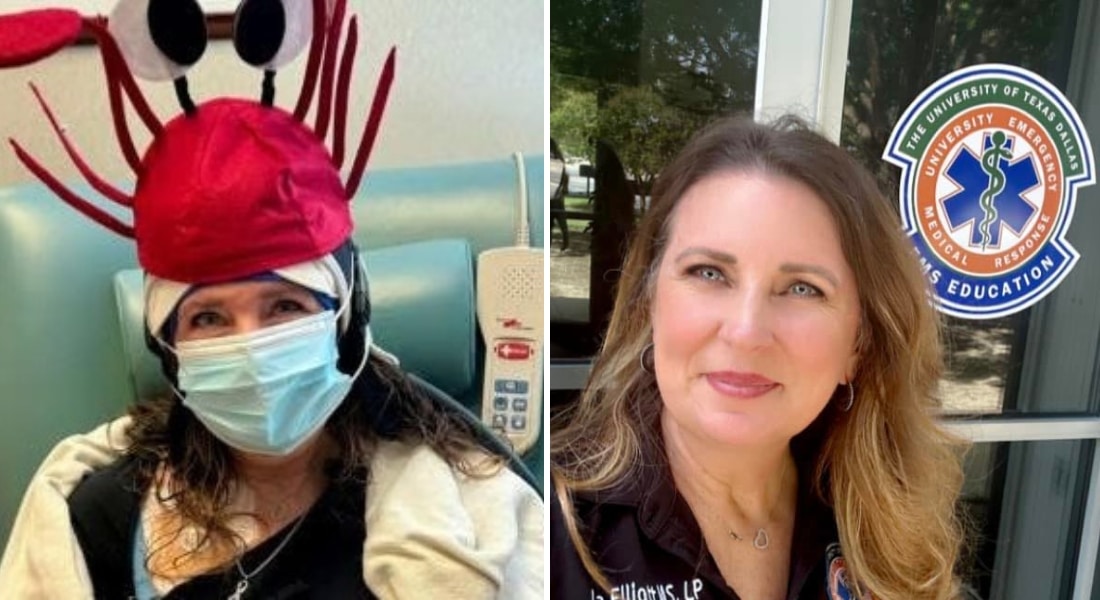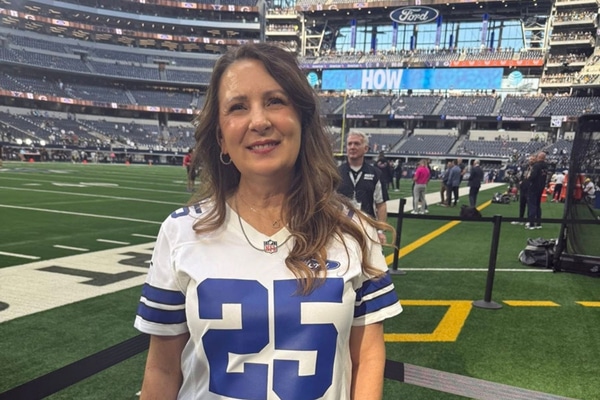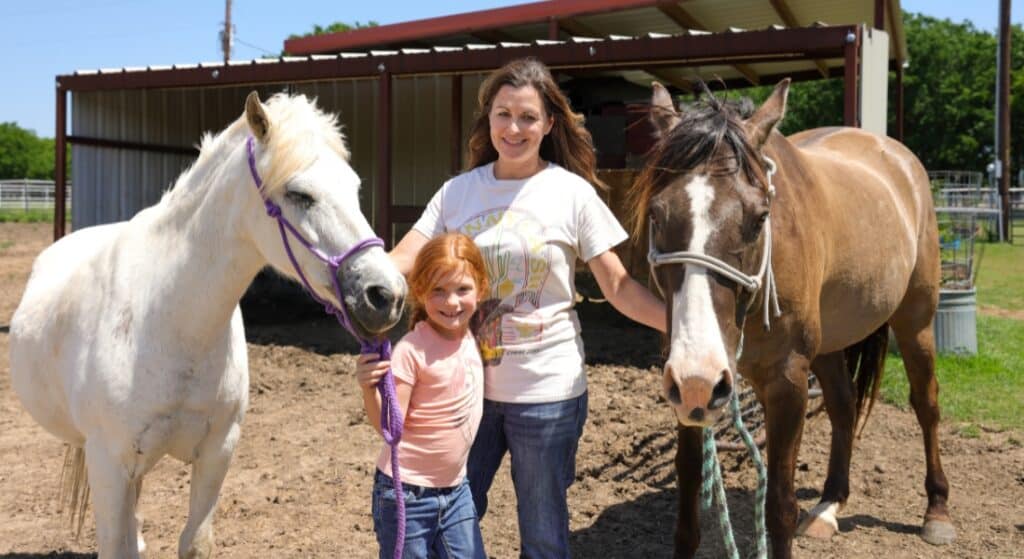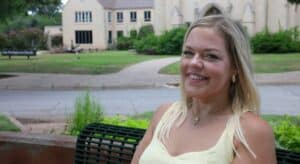When longtime paramedic Sheila Elliott was diagnosed with breast cancer, she was determined to maintain her identity — and her hair — even if it required her to be a woman of many hats.
“I wanted to look in the mirror and still see me,” Sheila says. “I did not want to look sick.”
During her chemotherapy sessions at Methodist Richardson Medical Center, Sheila began cold capping, a technique that constricts blood vessels in the scalp to help reduce the amount of chemotherapy that reaches hair follicles — and in many cases, helps patients keep much of their hair. The process involves wearing a tightly fitted, chilled cap before, during, and after infusions.
To keep spirits high — her own as well as those around her — the fun-loving Frisco resident wore a different whimsical hat over the cold cap each week, everything from hamburgers to toilet plungers.
Sheila’s “cool head” prevailed: She kept her hair and her sense of humor, even as she drew warmth from her extended “family” of nurses and doctors at Methodist Richardson, many of whom she had known professionally as EMS director of the first responder organization at the University of Texas at Dallas.
“Culture is something you feel,” she says. “Here, it’s love, peace, and ‘We’ve got you.'”
DIAGNOSIS DISRUPTS ROUTINE
Sheila was 52 years old when a routine mammogram revealed a suspicious lump.
“I always thought of mammograms like a dentist appointment,” she says. “You get your teeth cleaned, you get your mammogram.”
With no family history of breast cancer, the diagnosis came as a shock. Sheila also didn’t understand how common it is.
“I didn’t realize that one in eight women are diagnosed,” she says. “I’m in the club now.”
Her stage 1B and ER- and PR-positive cancer was caught early through screening. Early detection and targeted therapies have significantly improved survival rates, says Alan Trumbly, MD, medical oncologist on the medical staff at Methodist Richardson.
“Sheila caught her cancer very early,” he explains. “She’s gone through treatment remarkably well and has done everything she can to lower the risk of its recurrence.”
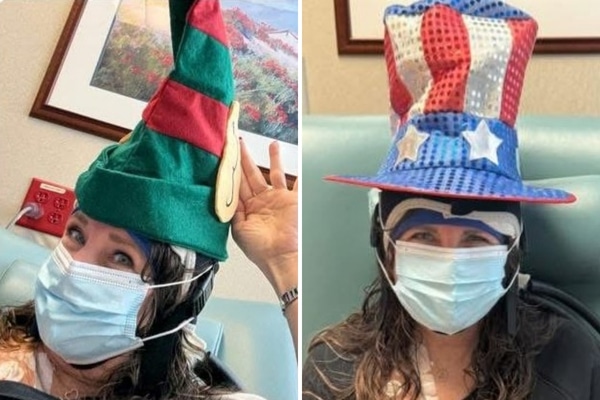
‘HARD TO LET GO’ OF CONTROL
After having the lump removed, Sheila’s treatment included five radiation sessions and 16 rounds of chemotherapy, which featured a drug known as “red devil” because of its bright color and intense side effects.
“It can be very nauseating, it suppresses the bone marrow, and it’s hard on the heart,” Dr. Trumbly says. “Fortunately, our ability to manage side effects has improved dramatically, which helps patients like Sheila get through it.”
At Methodist, we don’t just focus on your cancer. We care for you as a whole person. Learn more at MethodistHealthSystem.org
Letting others care for her was a new challenge. As a paramedic and now an educator who started the EMT and paramedic programs at UT Dallas, Sheila was used to being the one helping others. During treatment, she leaned on her colleagues and students, who supported her with pink ribbons, prayers, and encouragement.
“It’s hard to let go,” she admits, “but I’ve learned to rest when I need to and let people help. It’s a family.”

THIS BELL RINGS WITH HOPE
On her final day of chemo, Sheila’s parents drove in from Midland in West Texas to join the celebration. Her father, a pianist, played their special song, “Daddy’s Hands,” on the lobby piano as she prepared to ring the bell — a powerful tradition in cancer centers across the country.
Ringing the bell marks the completion of a patient’s last chemotherapy or radiation treatment. It’s a symbolic moment of triumph, hope, and relief after months of physical and emotional challenges. When patients ring it, the sound echoes through the hallway, signaling to others still in treatment that the finish line is possible. Sheila had listened to that bell many times, tearing up each time someone else reached the milestone.
“The sound of the bell carries through the hallway,” she says. “To me, it represents joy, peace, and hope for others still in treatment. It lets everyone else know they can do it, too.”
Sheila got another chance to spread that message on the biggest stage in North Texas when the Dallas Cowboys honored her during a game at AT&T Stadium last month as one of five 2025 Star Survivors.
“I am absolutely overwhelmed with appreciation for these blessings,” Sheila says of her special weekend that included a shopping spree and meetings with the players.
COUNTING HER BLESSINGS
When she began her cancer journey, Sheila brought two heart-shaped rocks that she had found on a hiking trip. She asked her first-responder colleagues to decorate them with UT Dallas logos — one for her first treatment and one for her last.
On her final day, after ringing the bell, she placed the second rock in the Hope Garden outside the cancer center.
“It’s full circle for me,” she says. “I’ve spent my life serving others as a paramedic, and now I’m being cared for by the people we take care of. It’s a community.”
With chemotherapy and radiation behind her, Sheila is stepping into survivorship with strength and optimism.
“The blessings have outweighed the bad parts of chemo,” she says. “They’ve been abundant.”

